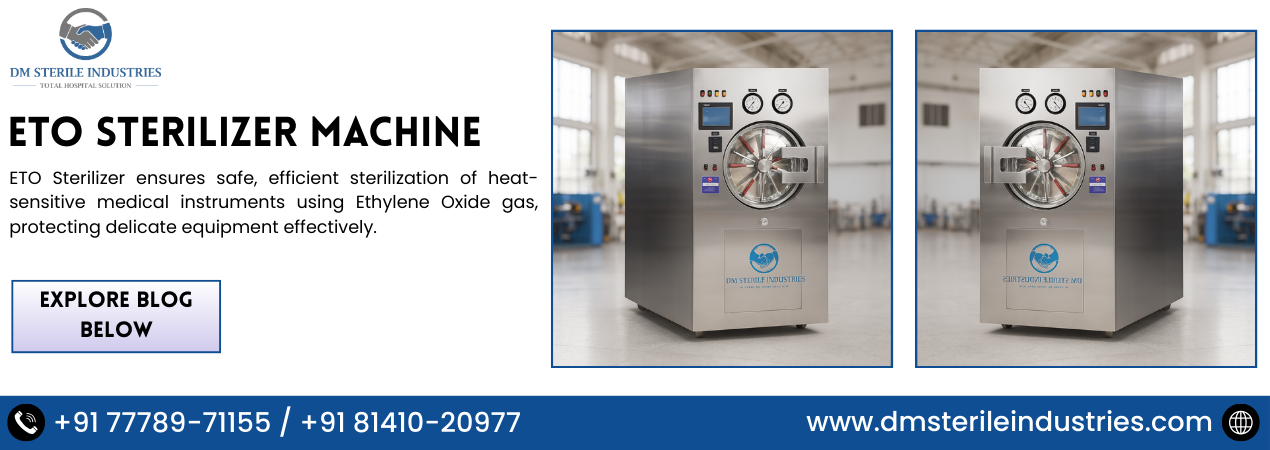Autoclave Steam Sterilizer for Microbiology Labs
Introduction to Autoclave Steam Sterilizer for Microbiology Labs
An Autoclave Steam Sterilizer is an indispensable piece of equipment in any microbiology laboratory. It uses high-pressure saturated steam to sterilize media, reagents, lab equipment, and discard waste, ensuring all microbial life, including bacteria, viruses, fungi, and their spores, are completely eliminated. This process is crucial for preventing cross-contamination in experiments, ensuring the accuracy of research, and maintaining a safe and sterile work environment. Modern autoclaves are designed with automated controls and safety features, making them reliable and easy to operate for daily use in academic, research, and clinical microbiology settings.
Working Principle and Sterilization Process
The working principle of an Autoclave Steam Sterilizer is based on the use of moist heat to destroy microorganisms. By sealing a chamber and introducing steam, the temperature is raised above the boiling point of water (typically to 121°C at 15 psi) and held for a specified duration. The pressurized steam rapidly penetrates the materials, transferring a large amount of thermal energy and denaturing proteins in all microbial cells. This method is highly effective and superior to dry heat for most applications. The process involves preheating, sterilizing (holding the temperature), and a gradual cooling/drying phase, which is essential to prevent glassware from cracking and to ensure items are ready for handling.
Types of Sterilizers for Laboratories
- **Vertical Autoclave:** Most common in microbiology labs, with a top-loading design that is space-efficient and ideal for sterilizing culture media and glassware.
- **Horizontal Autoclave:** Used for larger loads and bulky equipment, offering a front-loading system for easy access to large items.
- **Table Top Autoclave:** A compact, portable unit suitable for smaller labs or for quick sterilization of a few instruments.
- **Dry Heat Sterilizer:** An alternative method using hot air, suitable for sterilizing items that cannot withstand moist heat, such as glassware and powders.
- **Ozone Sterilizer:** A newer, eco-friendly sterilization technology used for sterilizing delicate medical equipment without heat or moisture.
Key Features and Specifications for a Lab Autoclave
- **Digital Microprocessor Controller:** Ensures precise and automatic control of the sterilization cycle, including temperature, pressure, and time.
- **Stainless Steel Construction:** The inner and outer chambers are made of high-grade stainless steel, providing durability and resistance to corrosion from steam and moisture.
- **Safety Interlock:** A door safety mechanism that prevents opening until the chamber pressure has reached a safe level.
- **Dual Scale Pressure Gauge:** Provides accurate readings of pressure in both Psi and kg/cm², crucial for monitoring the sterilization process.
Applications of Autoclave Steam Sterilizer in Microbiology Labs
- Sterilization of Culture Media: Essential for preparing nutrient broths and agar plates, ensuring they are completely free of contaminants before inoculation with microbial cultures.
- Decontamination of Lab Waste: Used to sterilize biohazardous waste, such as petri dishes, culture tubes, and contaminated gloves, before disposal to prevent the spread of infectious agents.
- Sterilization of Glassware and Instruments: Key for sterilizing reusable lab items like flasks, beakers, pipettes, and surgical instruments to maintain a sterile working environment.
- Preparation of Sterile Solutions: Used to sterilize buffers and other heat-stable solutions required for sensitive microbiological procedures.
Benefits of a Steam Sterilizer for Labs
- High Sterilization Efficacy: The use of high-pressure saturated steam is the most reliable and effective method for killing all types of microorganisms and their spores.
- Ensures Reliable Results: By providing a sterile environment and equipment, autoclaves prevent false results and contamination, which is critical for accurate research and diagnostics.
- Safety and Compliance: Modern autoclaves are equipped with safety features and meet regulatory standards, protecting laboratory personnel and ensuring compliance with biosafety protocols.
- Cost-Effective and Efficient: Reusable lab materials can be sterilized multiple times, reducing the need for expensive disposables and offering a high-throughput solution for lab operations.
Manufacturers & Suppliers in India
In India, several companies are recognized for manufacturing and supplying high-quality autoclave steam sterilizers for microbiology labs. Leading names such as Sterility Equipment India in Ahmedabad, Krishna Engineering, and Rujikon in Mumbai are known for their reliable, safe, and efficient sterilization solutions. These manufacturers cater to a wide range of clients, including educational institutions, research facilities, and clinical laboratories, with models that comply with international safety and performance standards.
Maintenance and Safety Tips
- Always use distilled water to prevent mineral buildup (scaling) on the heating elements and chamber walls, which can reduce efficiency.
- Ensure the chamber is not overloaded and that there is sufficient space for steam to circulate freely around all items.
- Regularly check and clean the chamber, pressure relief valve, and door gasket to maintain a proper seal and prevent malfunctions.
- Run biological indicator tests at least weekly to validate the sterilization cycle and ensure the autoclave is functioning correctly.
- Wear heat-resistant gloves and safety goggles when opening the autoclave after a cycle to protect against hot steam.
FAQs – Autoclave Steam Sterilizer
Contact Details
Talk to our specialists today for tailored solutions and fast assistance.

